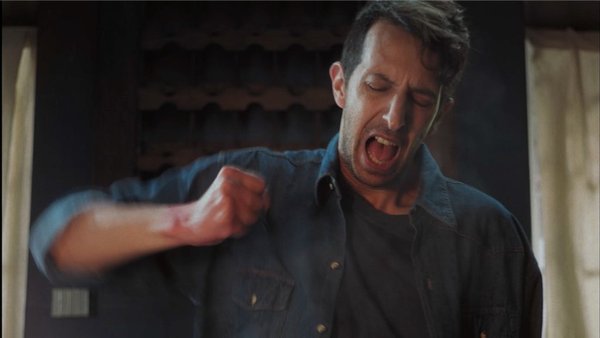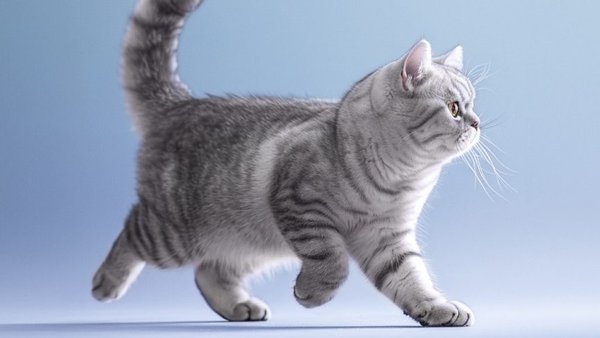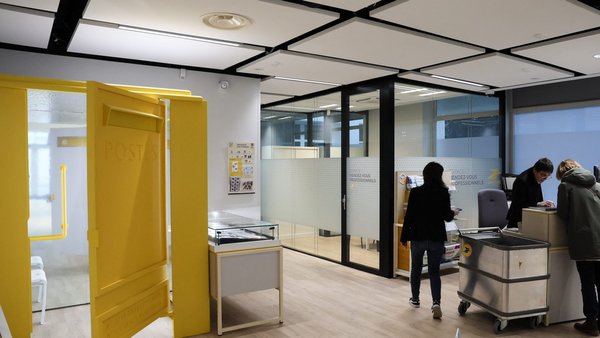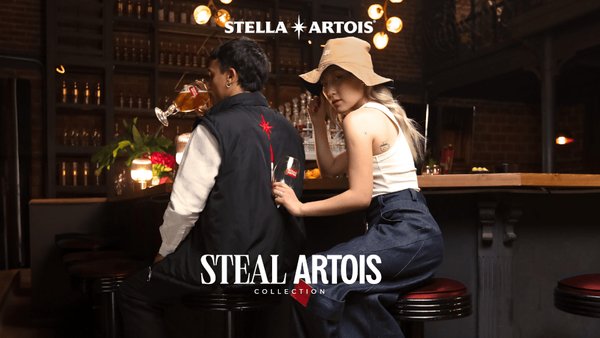Campaign of the Week
Swiggy encouraged people to study its ad like it was art /
Food delivery platform in India invites people to speculate about its outlandish OOH, soars to reach of 35.5 million

For Diwali last year (22-26 October 2022), Swiggy unveiled a curious visual across OOH, print and social media depicting the brand’s Gulab Jamun uncle character in space, and asked people ‘Why is this a Swiggy ad?’.
The Indian food delivery platform encouraged people to come up with creative responses to explain the various peculiar elements in the image (such as a UFO and hills made of bread). The incentive: RS1 lakh ($1217.79) worth of Swiggy Money for the best suggestions tagged with the hashtag #WITASA. (Swiggy Money is the platform’s digital currency).
The WITASA campaign was created in collaboration with agency Talented, Bangalore.
Over 80,000 people submitted their far-fetched theories in the form of Twitter threads and full-blown videos. One particularly dedicated entrant even created a whole website.
The activation culminated after 10 days (on 13 October) with an 18-minute long reveal video of the winners. Amusingly, the Gulab Jamun uncle spends most of the clip naming the losers, repeating ‘Galat’ (‘wrong’ in Hindi) as various usernames pop up.
Results / According to the agency, WITASA reached 35.5 million people. The campaign generated a 1,000% increase in engagement on Twitter and 500% on Instagram. It also resulted in positive sentiment rising 100%.
Contagious Insight /
Zoning in / Attention is in short supply, and with many brands vying for it, marketers have to go the extra mile to be noticed – especially during holidays like Diwali. As media strategy expert Karen Nelson Field, told us in an interview, ‘We live in a world where the majority of us walk around in a subconscious state – we don’t pay a lot of attention generally, let alone to advertising.’
Swiggy’s initial OOH was attention-grabbing in itself – a dense ad that captured eyeballs because it broke so many rules. Half a glance and you would learn nothing about what Swiggy actually offers – but the intrigue lured people in to look closer and the prize incentivised them to solve the mystery – which they did in their droves. The 18-minute ‘reveal’ ad closed the circle, doubling down on the offbeat visuals and delivering an amusing (and high-end looking) bit of entertainment for hopeful entrants and beyond – a similar trick that Skittles played for its Apologise for the Rainbow campaign. All these aspects gave people multiple moments to engage with, share and talk about the campaign.
Look here / This campaign not only gave people a reason to pause and pay attention, it created a fun space for people to step into, and play with the brand. In an interview with Contagious, authors Matt Johnson and Tessa Misiaszek explore this idea of co-creation and connecting with consumers – ‘Brands can either embrace it, or try to fight it, but you won’t win in the end if you’re not having that two-way communication with your consumer,’ says Misiaszek. Johnson adds: ‘Brands matter when, and only when, they matter to consumers. So, if a brand personality resonates, it’s tapping into fundamentally human attributes; it has a brand personality that is familiar, that is relatable, that is human in nature. As consumers we personify brands, and brands in kind try and personify themselves in terms of their attributes and brand image.’ Swiggy (used by 20 million Indians every month for food and grocery delivery, concierge services and restaurant booking, according to agency Talented in Bangalore) embraces this idea of co-creation and two-way communication, and exudes personality with every element of the campaign – and the results of this masterclass in creativity speak for themselves.
Want more of the same? /
We don’t just write about best-in-class campaigns, interviews and trends. Our Members also receive access to briefings, online training, webinars, live events and much more.






